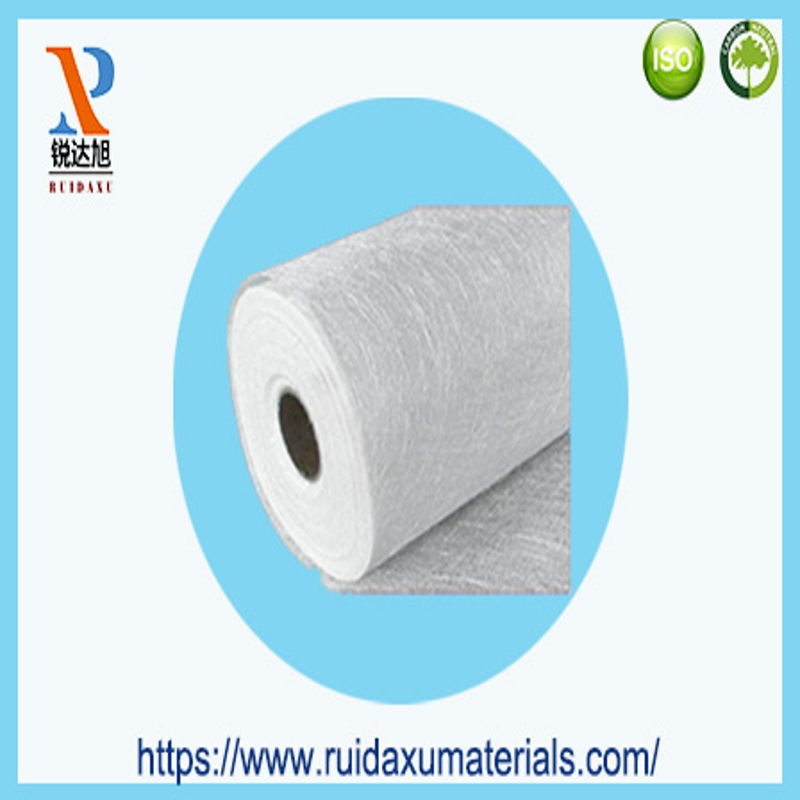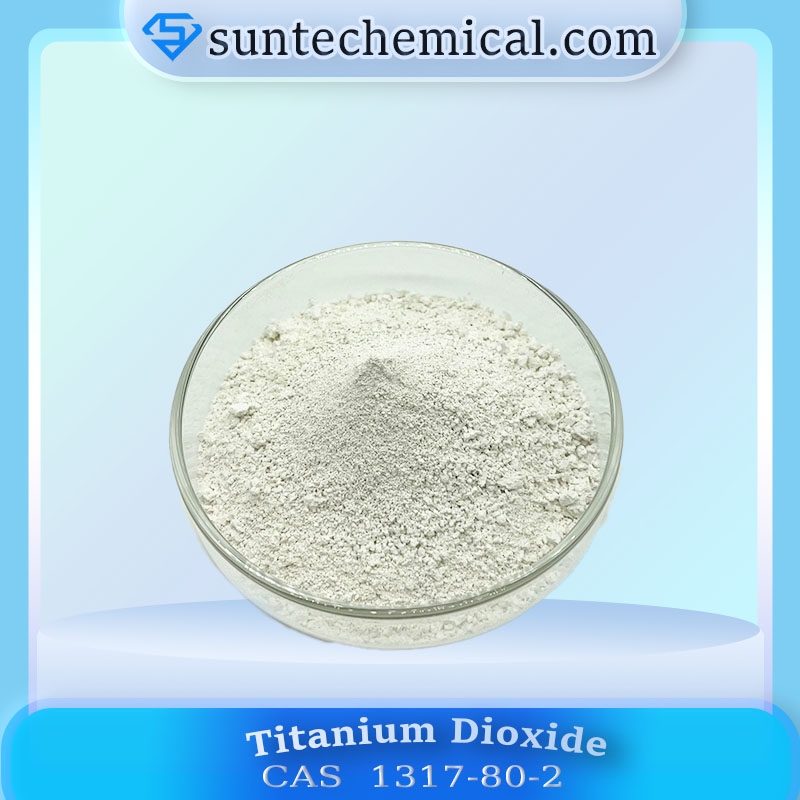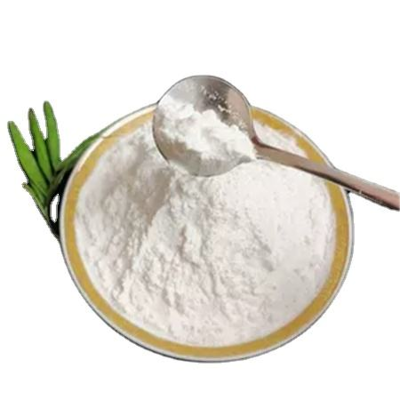-
Categories
-
Pharmaceutical Intermediates
-
Active Pharmaceutical Ingredients
-
Food Additives
- Industrial Coatings
- Agrochemicals
- Dyes and Pigments
- Surfactant
- Flavors and Fragrances
- Chemical Reagents
- Catalyst and Auxiliary
- Natural Products
- Inorganic Chemistry
-
Organic Chemistry
-
Biochemical Engineering
- Analytical Chemistry
-
Cosmetic Ingredient
- Water Treatment Chemical
-
Pharmaceutical Intermediates
Promotion
ECHEMI Mall
Wholesale
Weekly Price
Exhibition
News
-
Trade Service
,“,”,。,,。
,,,。,“”,,。
,,,,,,,,,,, ,,,, ,。
,,,8℃,,,,,,,,、。
:
Uneven substrate porosity, different adsorption, uneven application thickness of primer and topcoat, partial dry spraying during spraying, using different construction tools on the same wall, and different batches of products on the same wall, failing to effectively "wet joint", The joint marks are obvious, the substrate temperature is too high or the putty quality is poor, and the loose paint dries too fast.
Solution:
Primer, especially for partial repairs, must be the same as the surrounding primer before applying the topcoat to ensure that the thickness of each layer is the same, and there is no missing brush, to ensure that the same tools are used, and the same batch number is used on the same wall.
problem causes:
Organic pigments have poor weather resistance, discoloration under ultraviolet radiation, and the base is too alkaline.
Solution
Choose a darker paint, which usually has better weather resistance and alkali resistance.
problem causes
The substrate is not clean, there are grease, release agent, etc.
Solution
Remove all affected paint films that have lost adhesion, clean the walls, and wait until they are completely dry.
problem causes
If the thinner is too much, the viscosity is too low, the paint cannot be attached to the surface of the object, and the paint cannot flow down.
The unevenness of the brushing surface or the grooves of the edges, corners, and line corners of the object can easily cause uneven brushing and uneven thickness.
Solution
Choose high-quality paint to ensure that the construction environment temperature and humidity are appropriate.
Use sandpaper to polish the wall surface to increase adhesion, and clean the painted surface thoroughly.
During spraying construction, adjust the air pressure machine to make the pressure even, and the distance between the spray nozzle and the application surface is adjusted to be enough to eliminate this disadvantage, and it should be moved evenly, improve the construction technology, and apply multiple times, each time the wall is thinly coated with mildew Gray-black mold or green algae grow on the surface of the algae coating, especially in humid places.
problem causes
The dust accumulated on the surface of the coating film contains nutrients, which is conducive to the growth of mold or algae in humid places.
Solution
Rinse the exterior wall with high-pressure water, and clean the mold and algae area with suitable mildew-killing water; if the environment is particularly harsh, apply a special formula to appropriately increase the ability of mold and algae.
problem causes
If the bottom layer is not completely dry, apply it a second time.
Solution
When applying multiple times, the interval of recoating should be sufficient.
Use the specified curing agent and thinner, and carry out the construction according to the ratio specified in the instruction.
problem causes
If the putty is not completely dry, or when the primer is not dry, apply the finish paint.
When brushing, drag the brush back and forth.
The surface of the substrate is covered with oil, dust, blisters, etc.
, and there is water around these dirt.
Compressor , There is water in the air pipe, or water splashed on the construction surface, most of the reasons are the same as pinholes.
Solution
After the primer is fully dried, brush the surface coating to clean up the debris on the surface of the base layer.
Do not touch it with your hands.
After cleaning the coated surface, you can apply the paint.
The water paint application viscosity should be appropriate.
Do not go back and forth when brushing.
Drag, regularly discharge the water in the compressor, the air bubbles can be slight, after the paint film is dry, smooth it with water sandpaper, and then touch up the finish;
If the bubbles are serious, they should be broken first, smoothed with sandpaper and cleaned up, and then repaired layer by layer according to the coating process.
Refer to the countermeasures for pinholes.
Cracks of different depths and sizes appear on the surface of the paint film.
If the surface of the lower layer can be seen from the crack, it is called "cracking"; if the paint film shows small cracks with a turtle pattern, it is called "cracking".
problem causes
The primer and the topcoat are not matched, and the coating film is affected by external influences to produce shrinkage stress, causing the paint film to crack or crack.
The second time, it caused the phenomenon of "drying on the surface and not drying on the inside", too much curing agent was added, or used incorrectly, and the temperature was too low during construction;
The construction environment is harsh, the temperature difference is large, the humidity is large, and the paint film stretches and cracks due to cold and heat.
Solution
Remove the affected paint film.
Primer and topcoat should be matched.
After the bottom layer is dry, apply the next layer.
The first layer of the topcoat should be thin or thin, and then the second layer should be applied after drying.
Choose a paint with good weather resistance; Construct according to the ratio specified in the manual, do not apply thickly, and the total thickness should not exceed 150μm.
Construct under suitable environmental conditions.
Stir fully before painting to ensure that the paint is evenly mixed.
Wall peeling, bulging and peeling due to paint film layer The phenomenon of paint film falling off, peeling, bulging, and peeling due to poor adhesion and bonding.
problem causes
The primer and topcoat are not matched, resulting in poor adhesion between the layers, unclean surface, oil, water or other dirt, and the topcoat is applied before the bottom layer is dry.
The shrinkage rate of the bottom layer is inconsistent over time.
Cracking, the primer is too hard or the primer is very smooth, and the topcoat is applied directly without sanding.
The construction temperature is too low.
Solution
Choose the matching primer and topcoat.
When the base layer is treated, the oil, moisture or other dirt must be completely removed.
The primer must be dry and polished before the topcoat can be applied to increase the adhesion between the layers.
.







